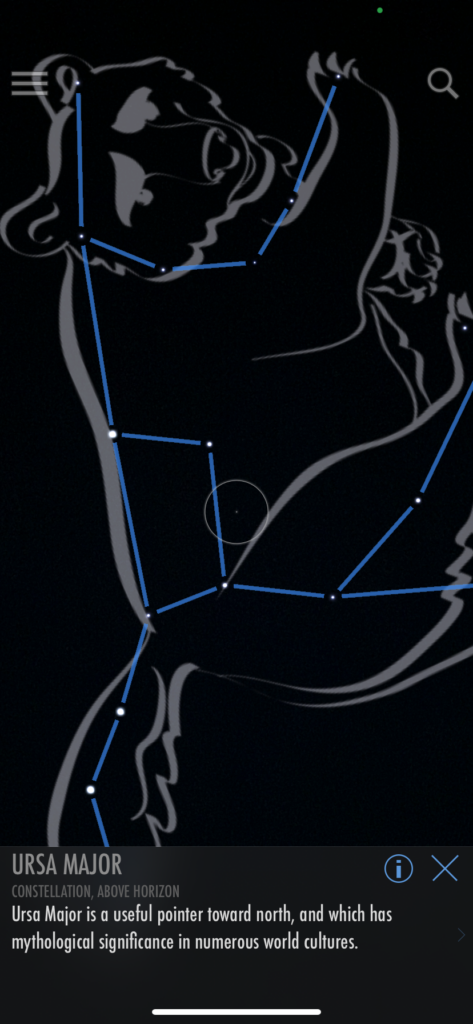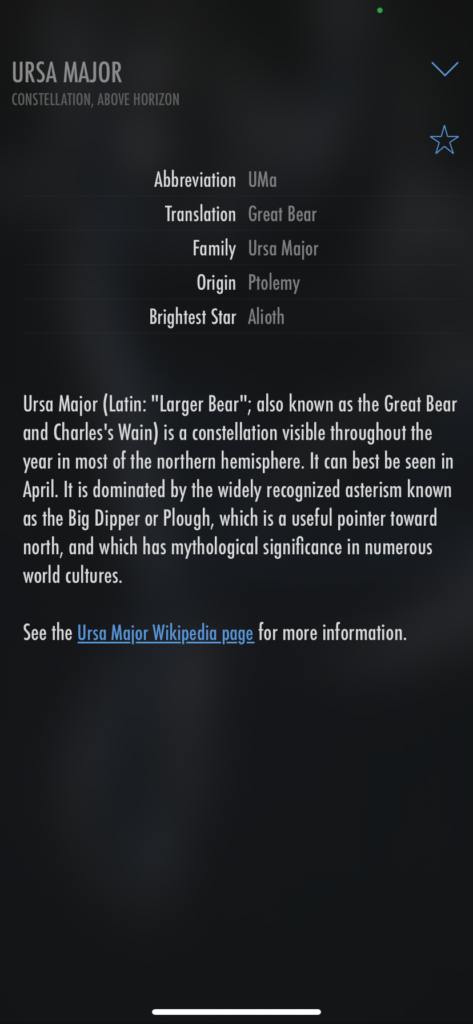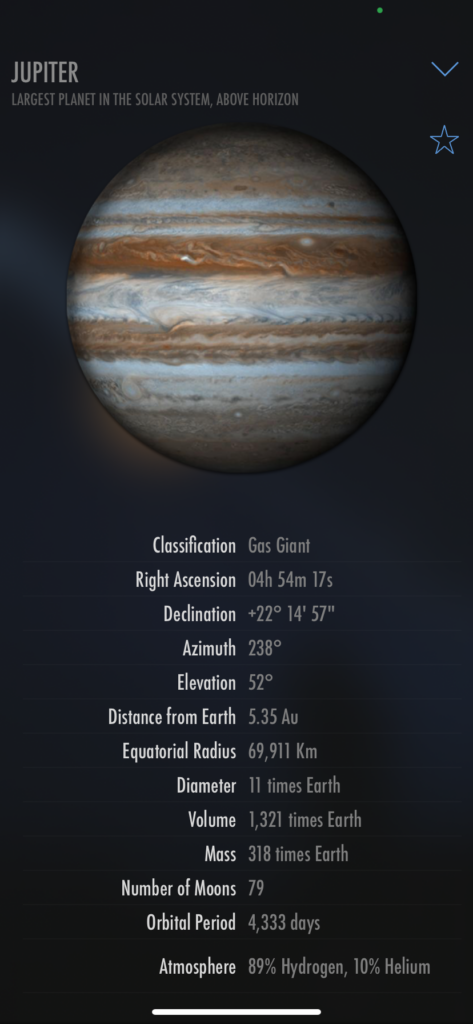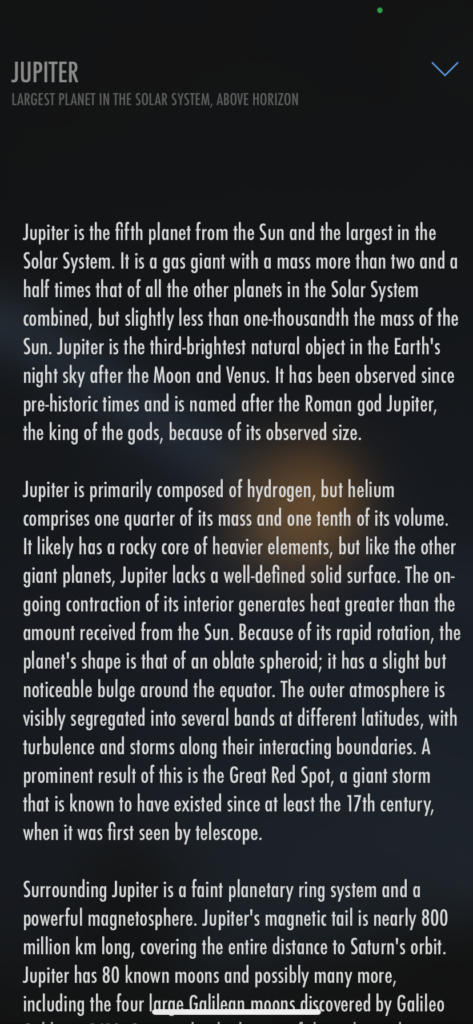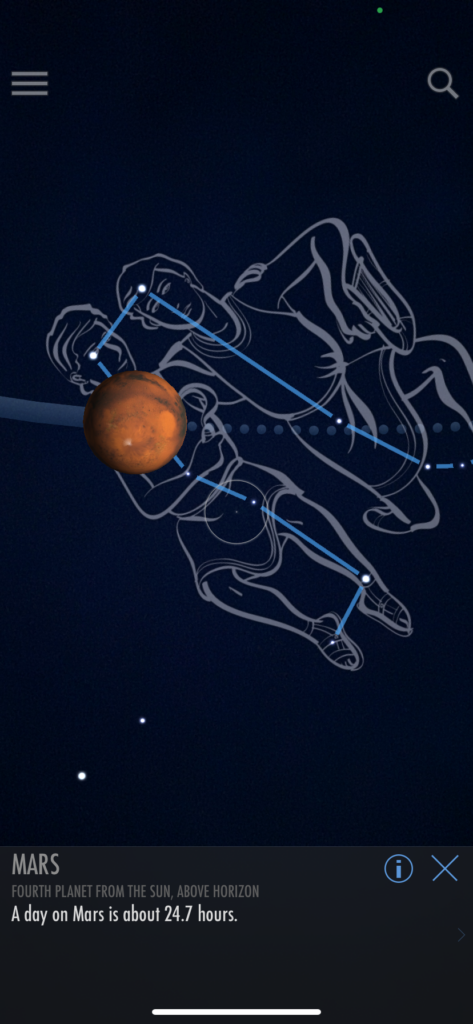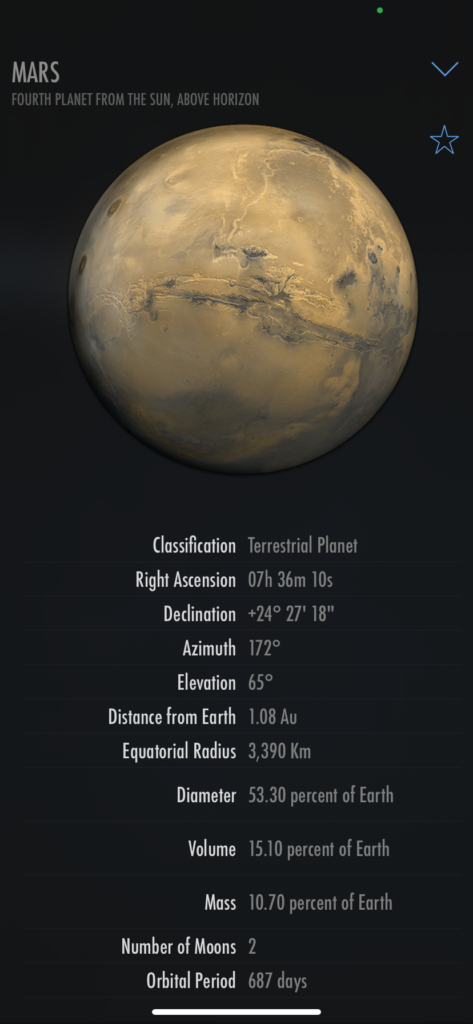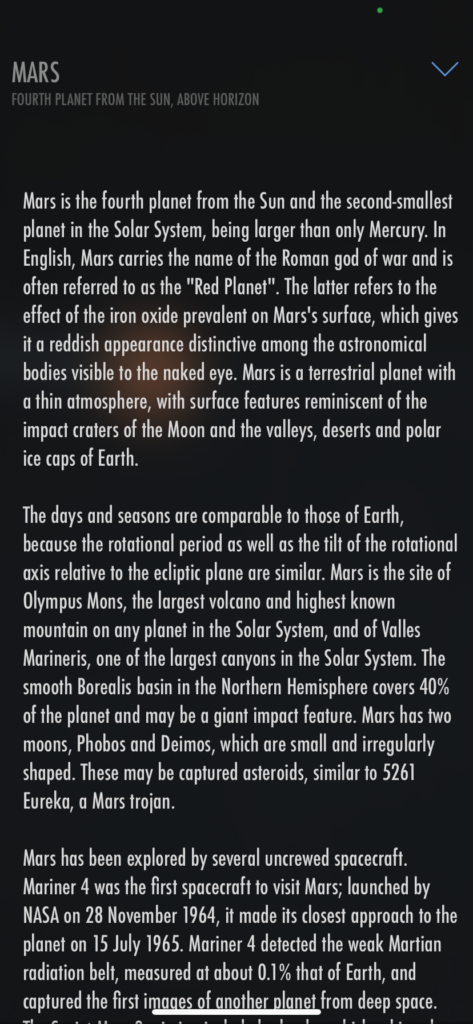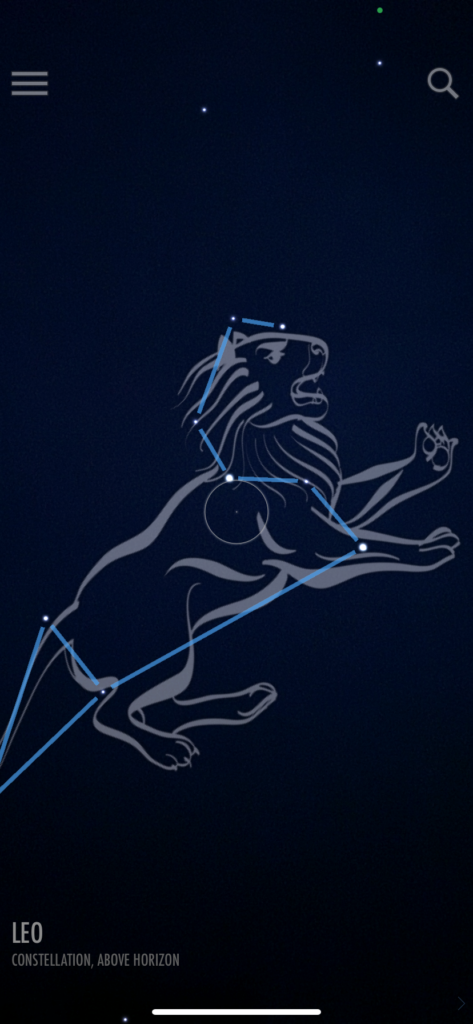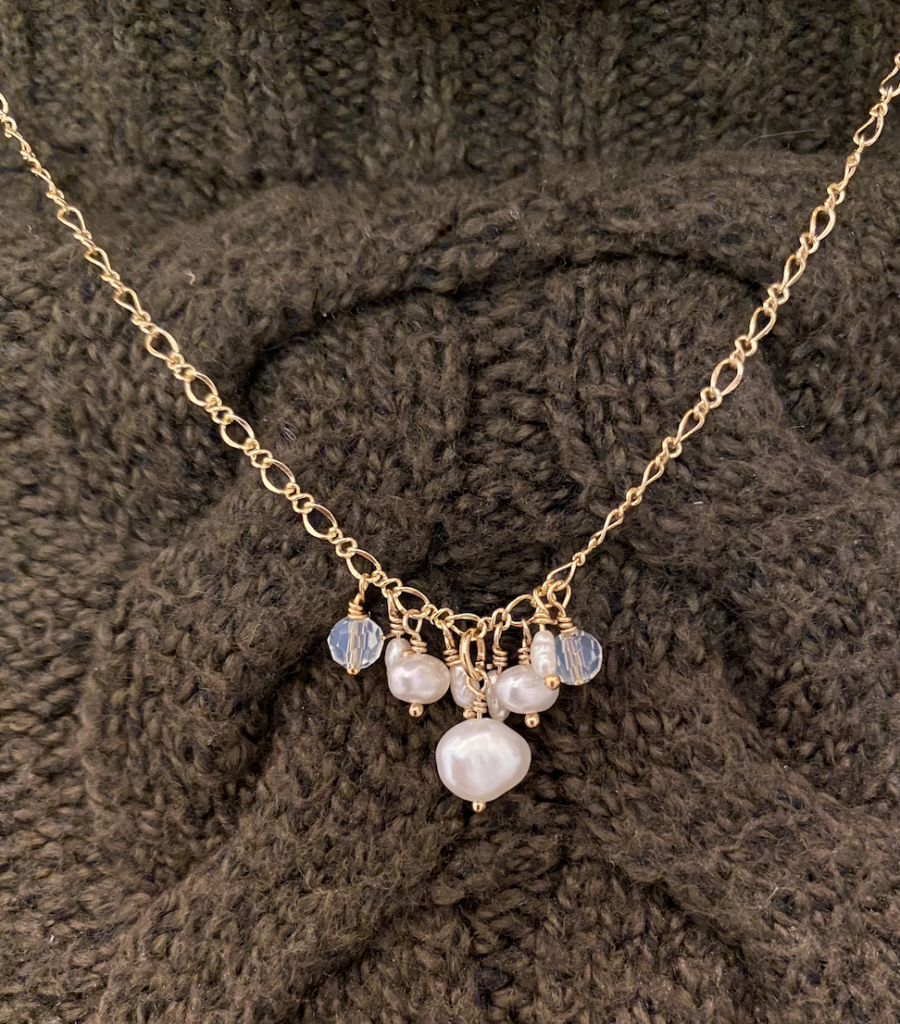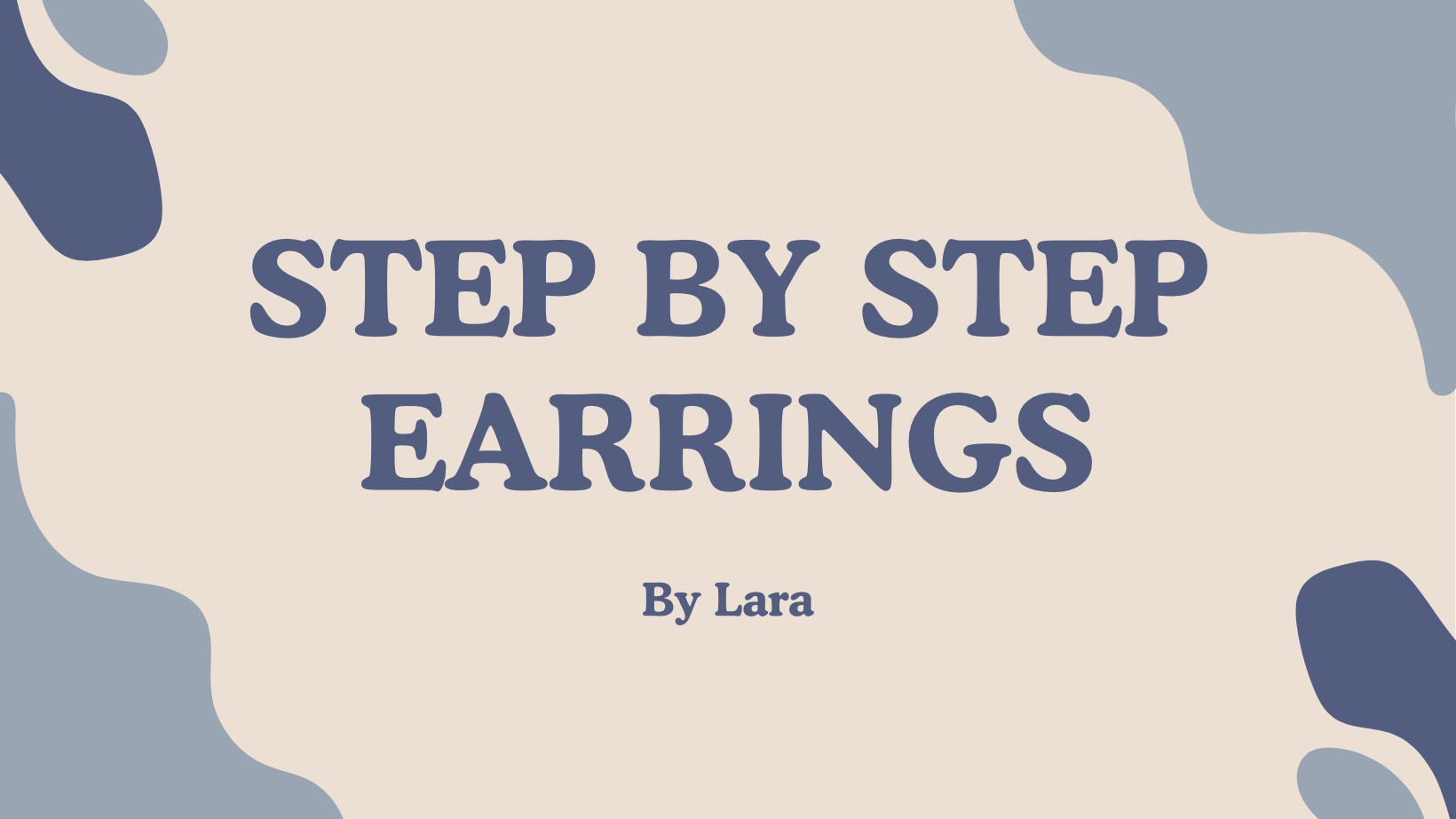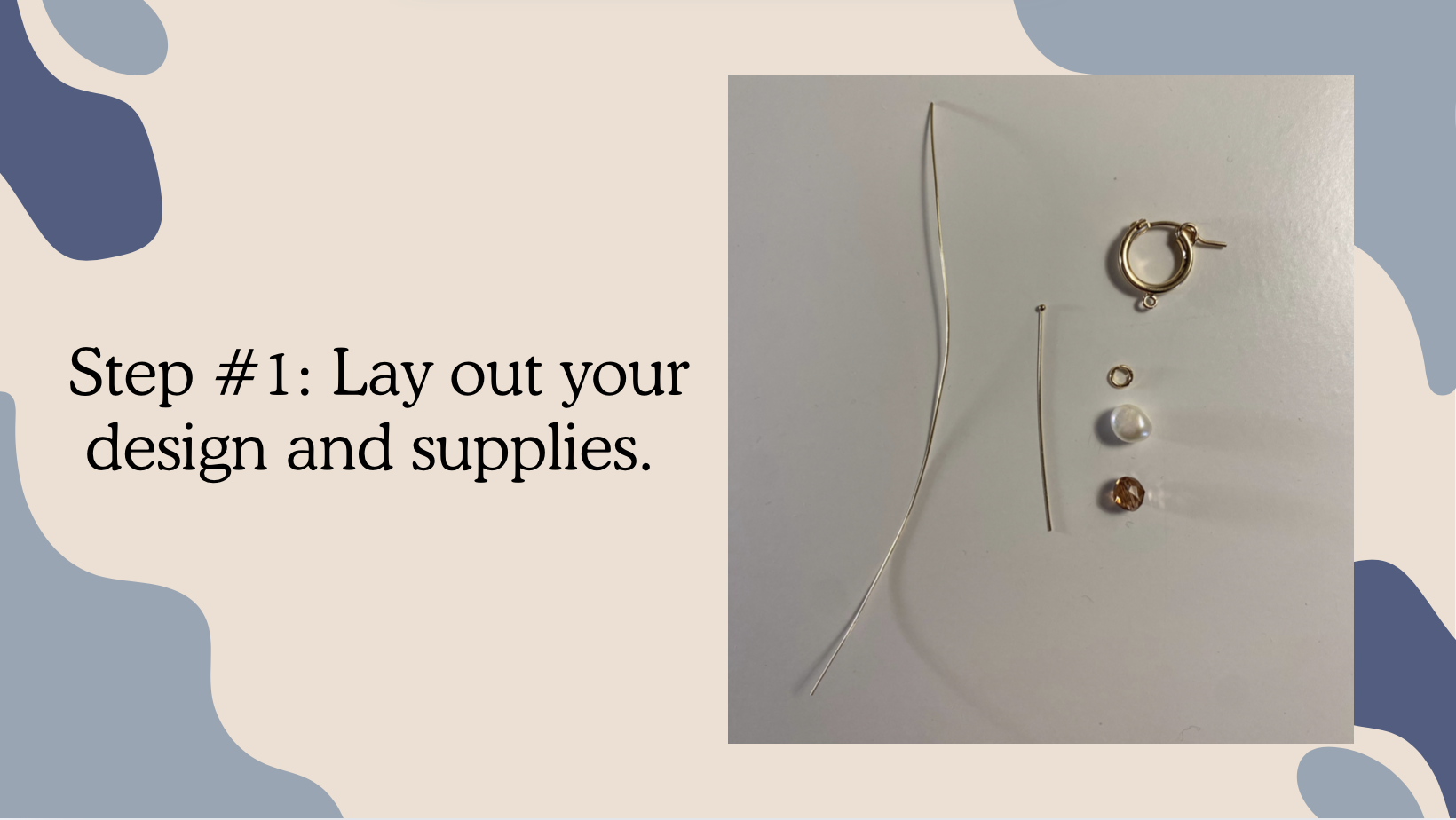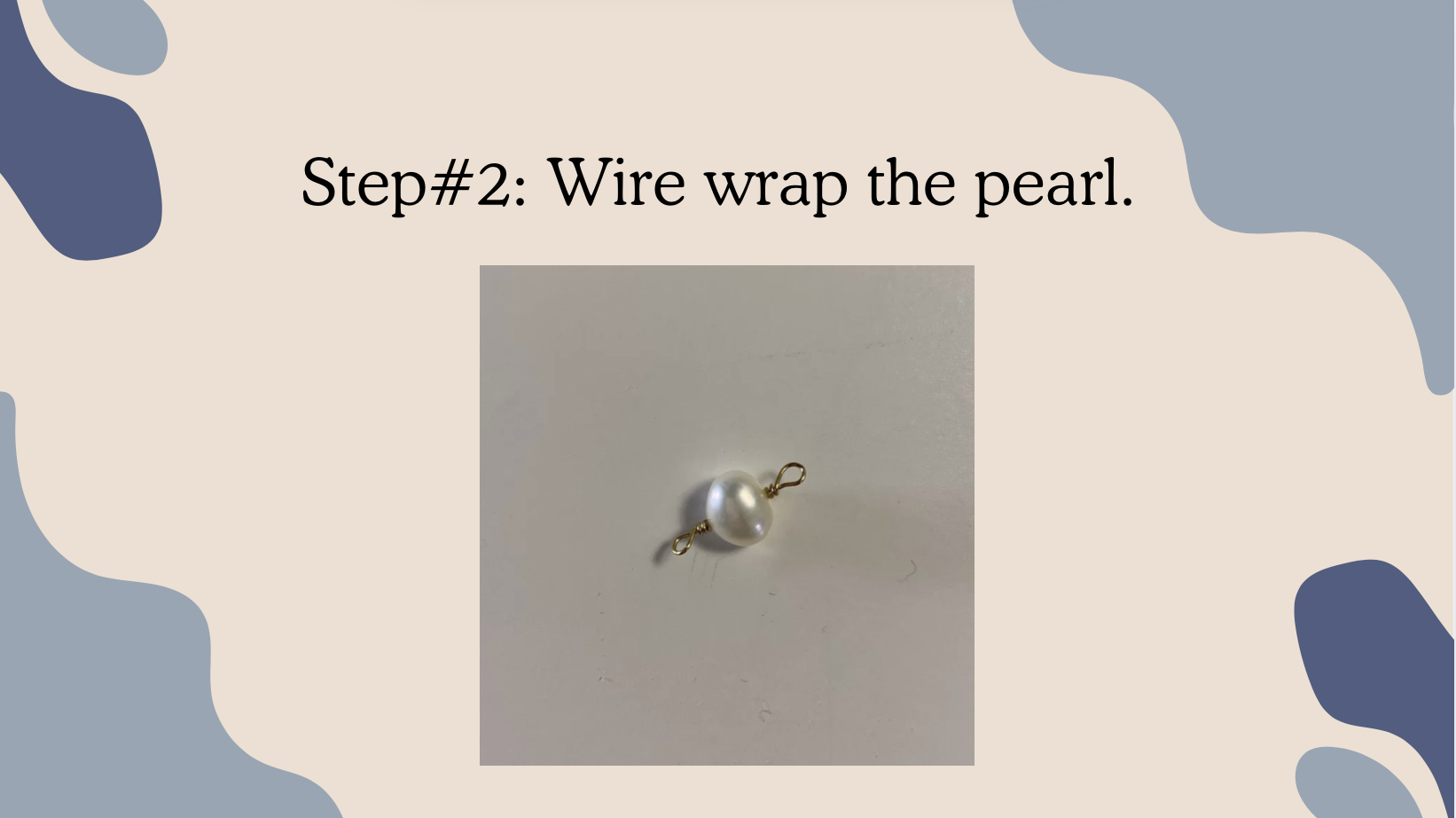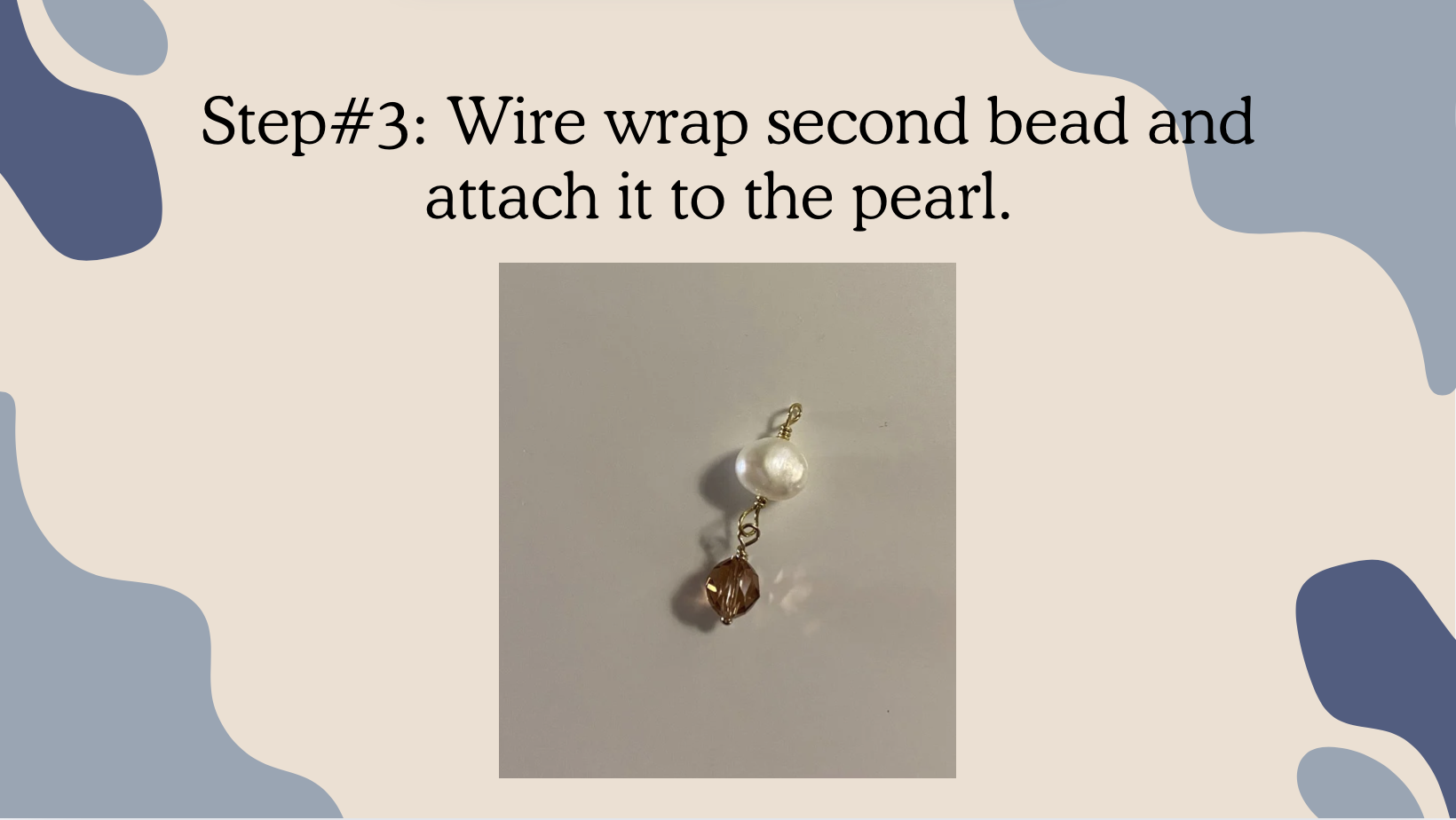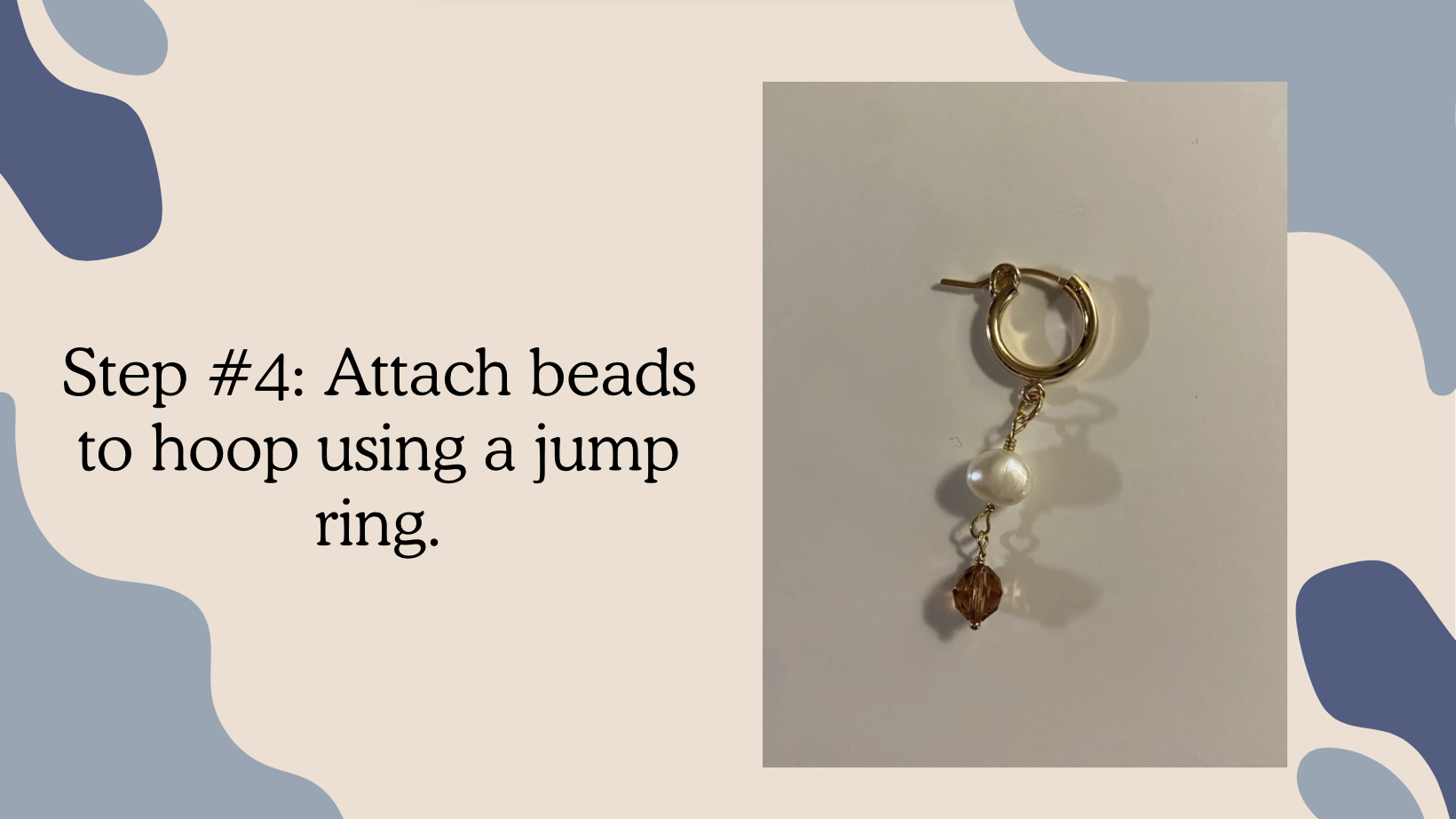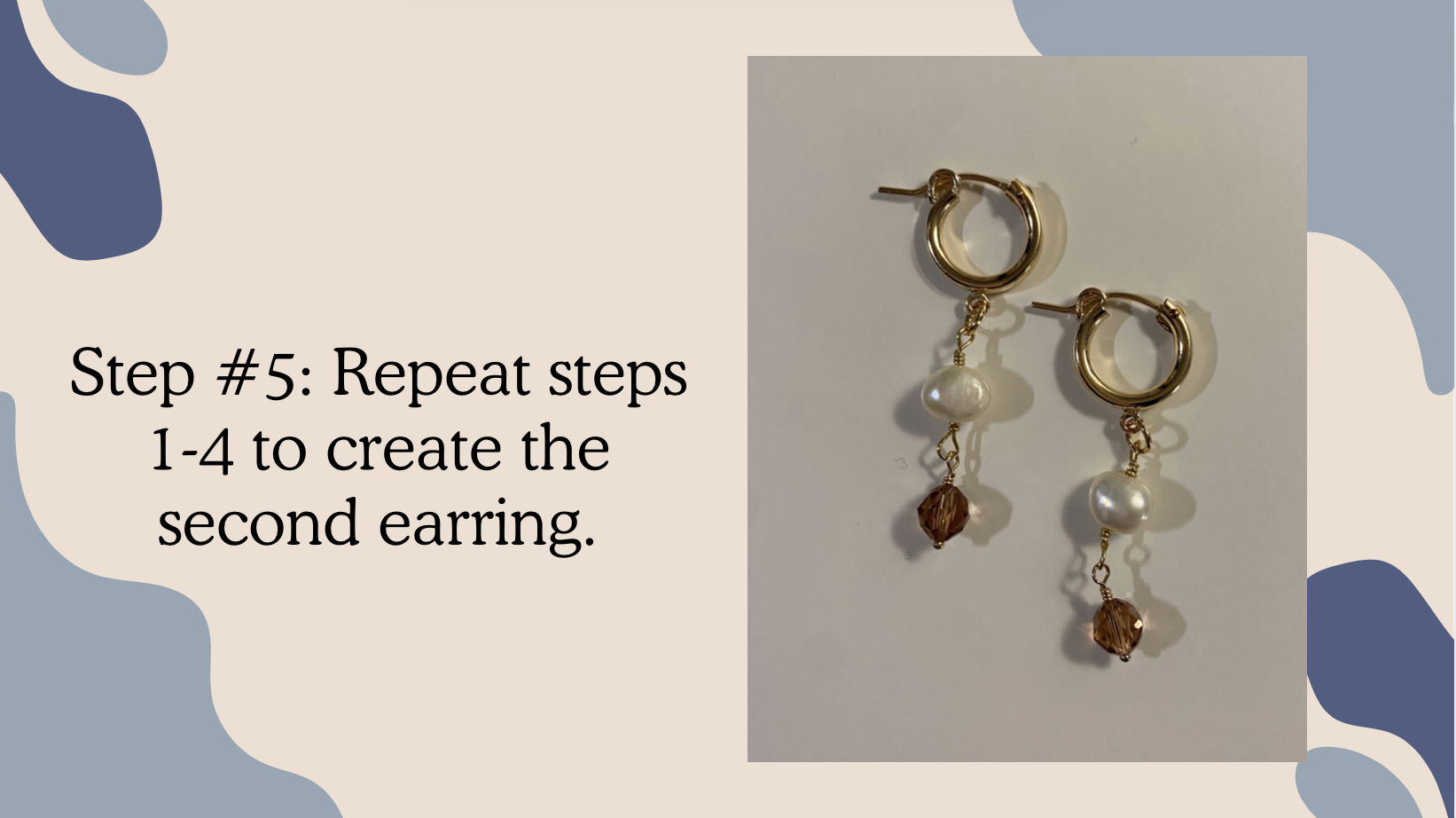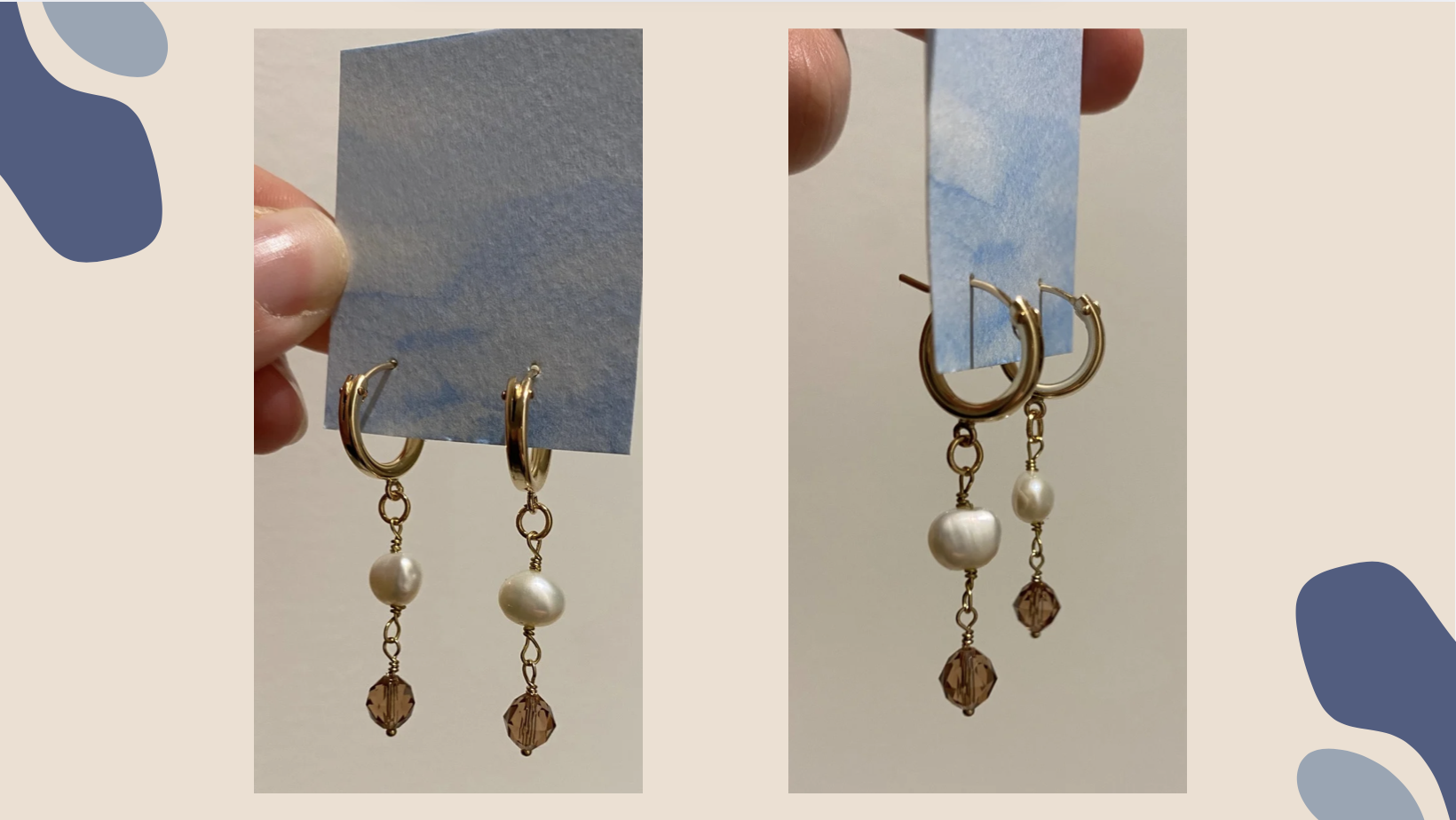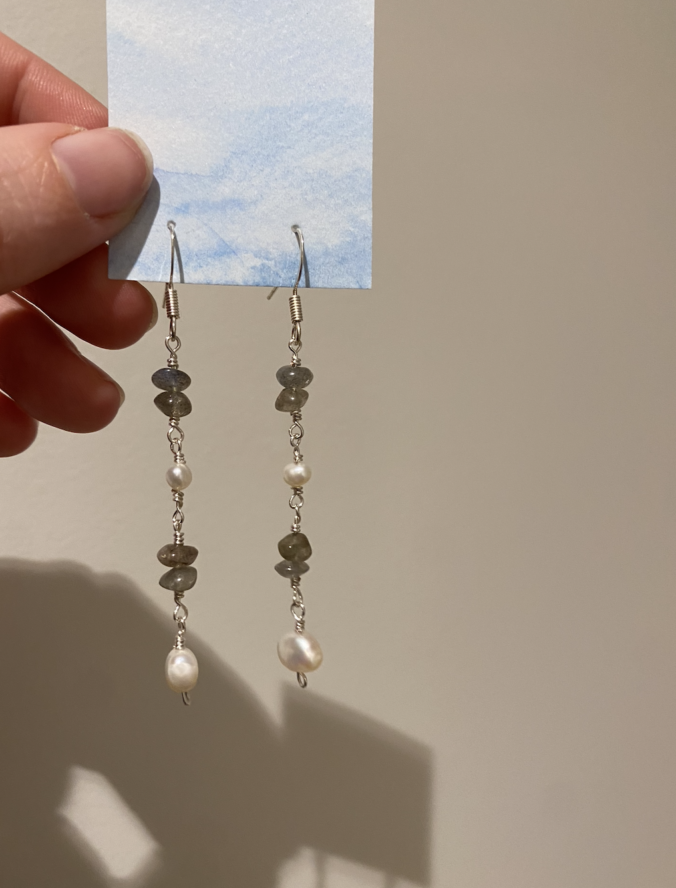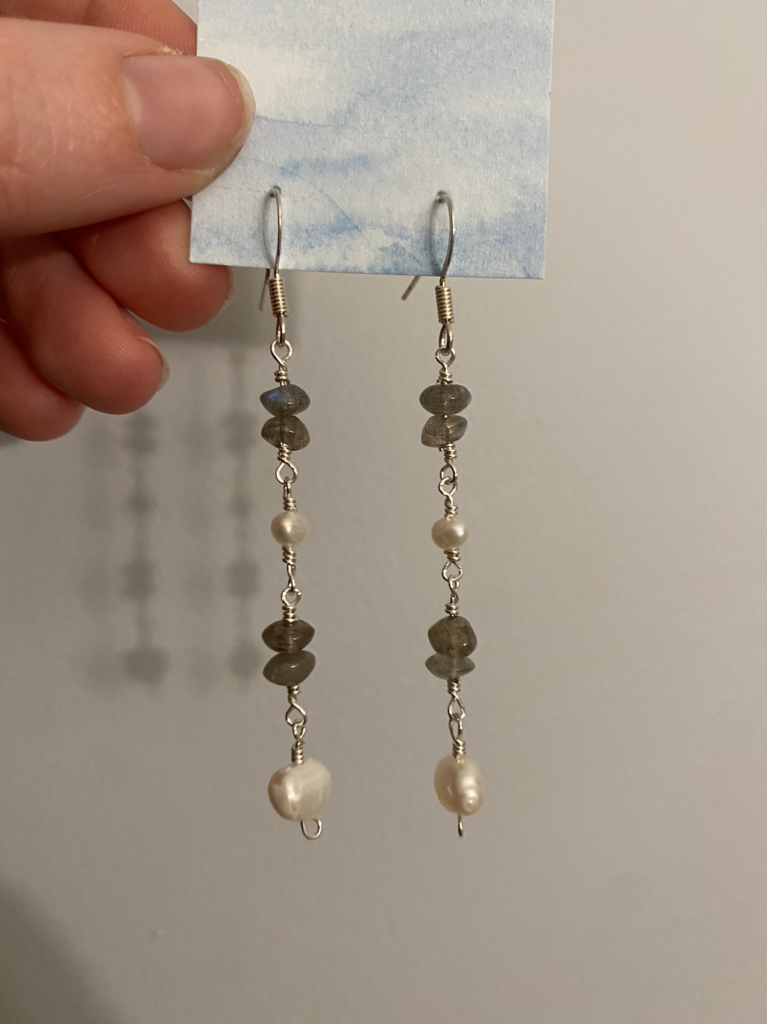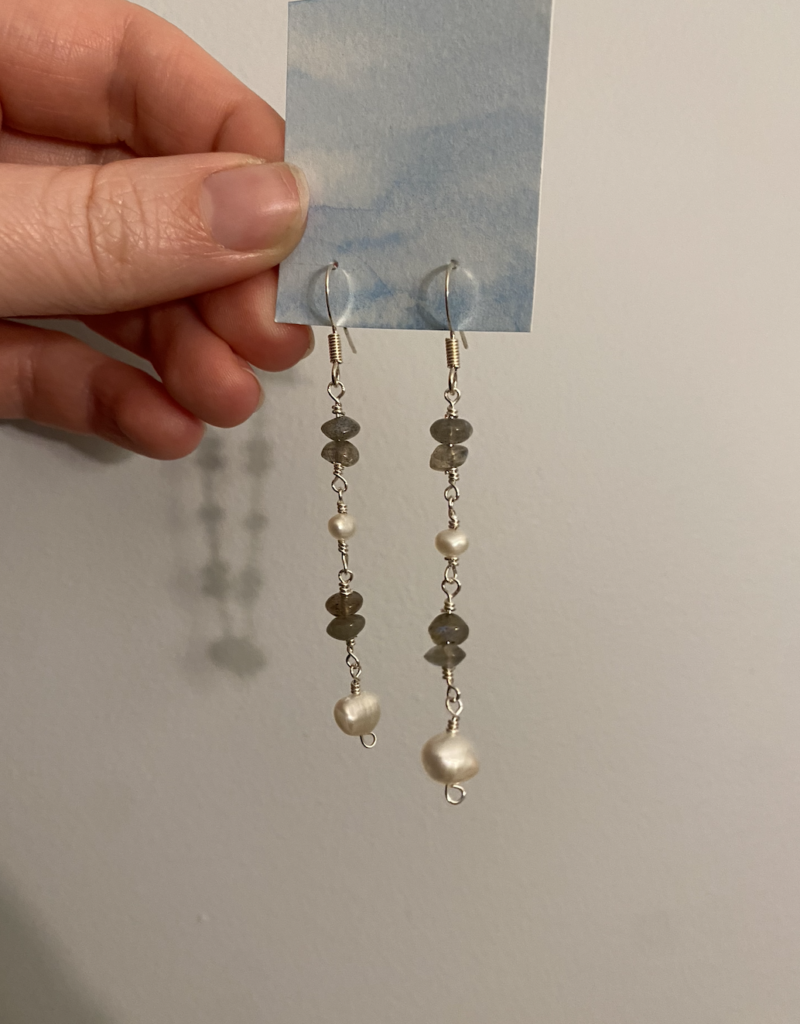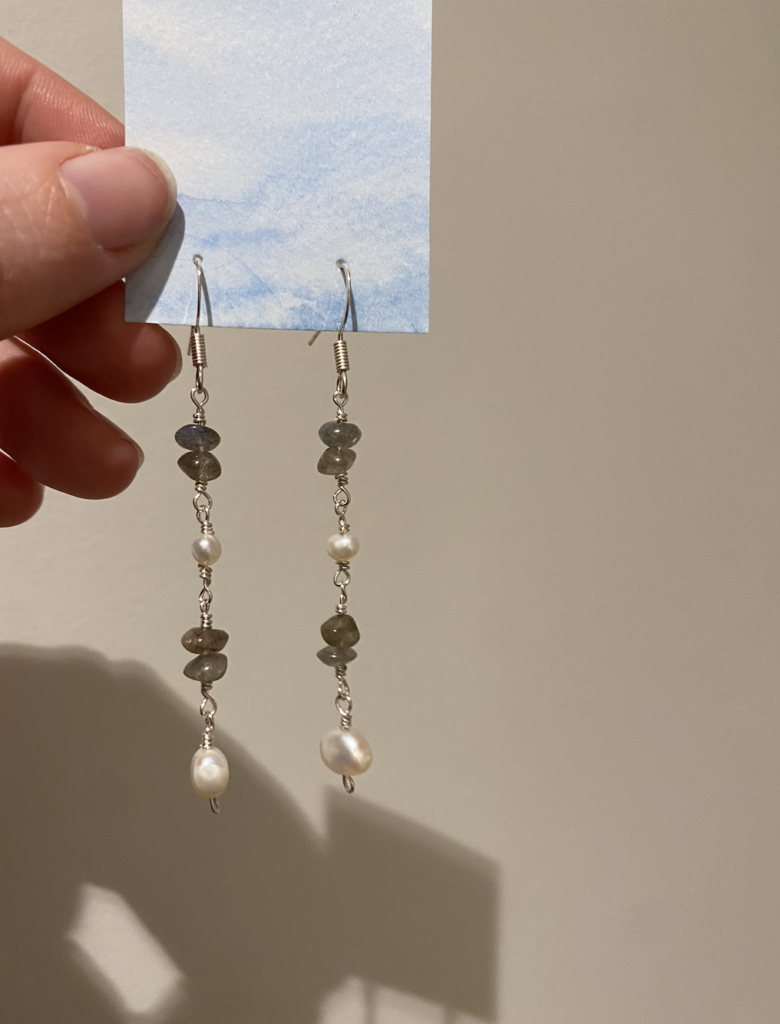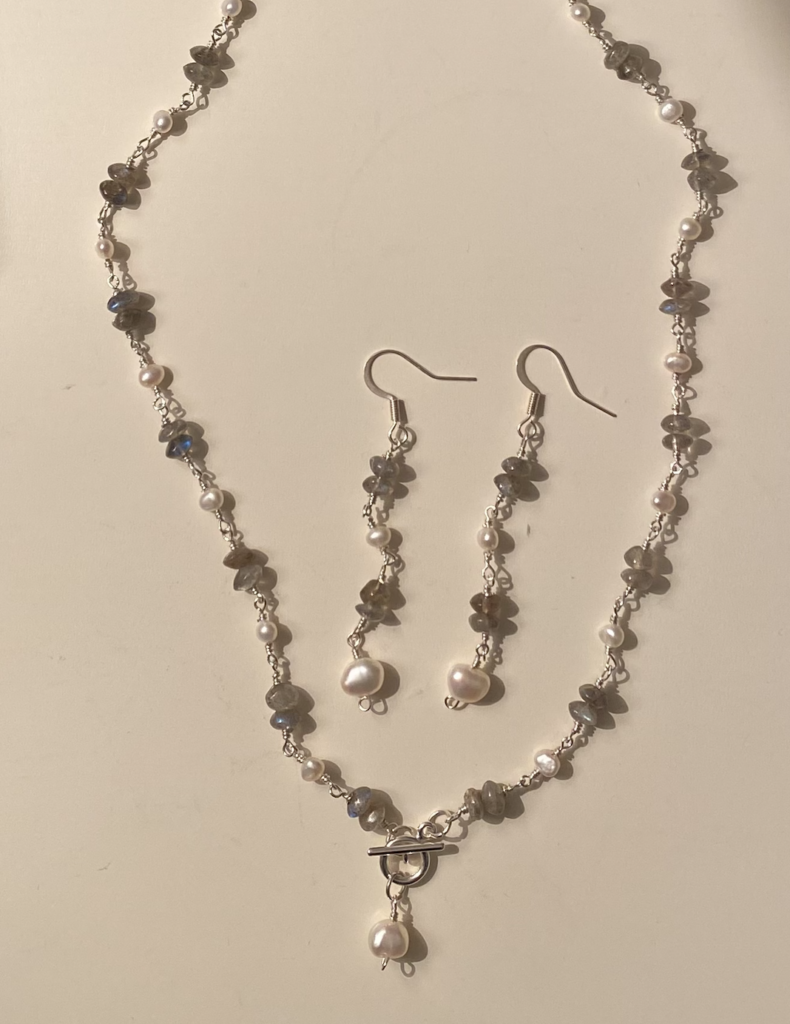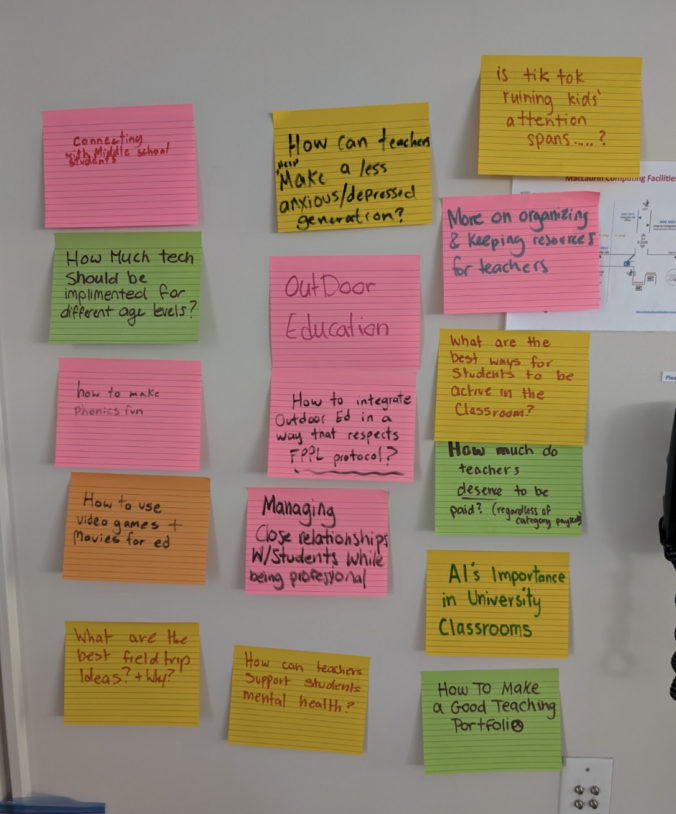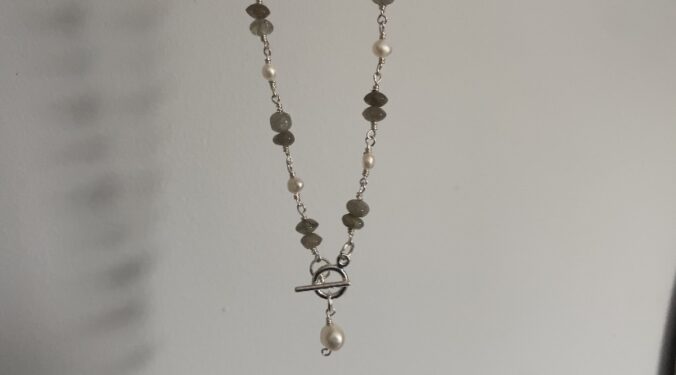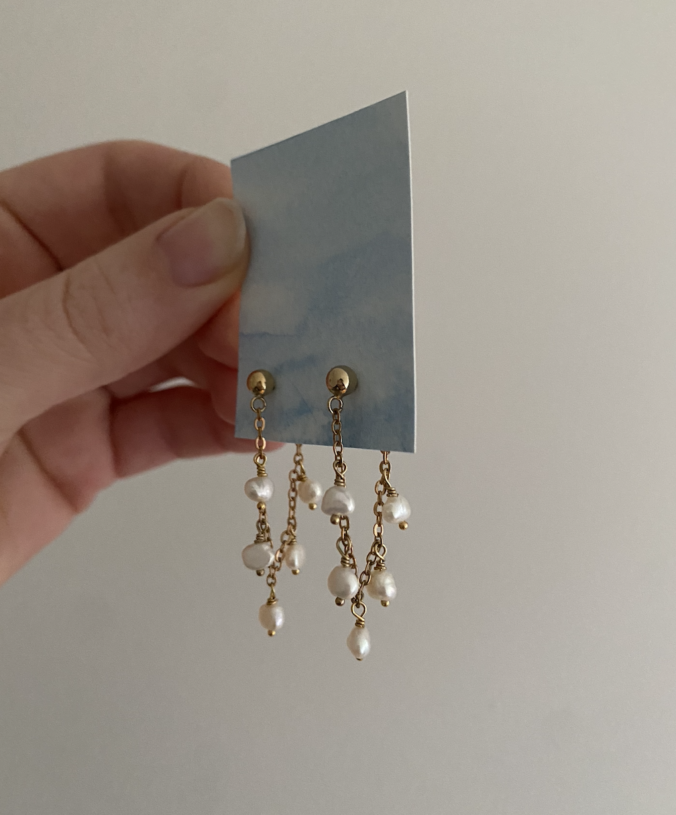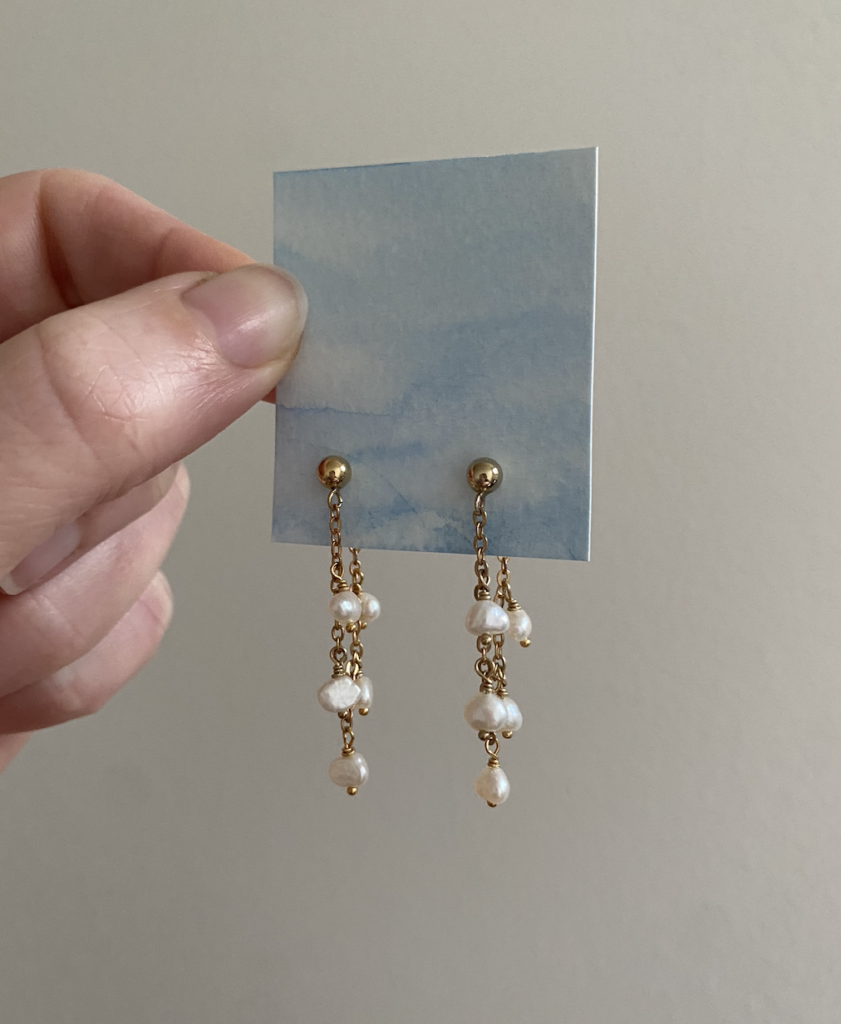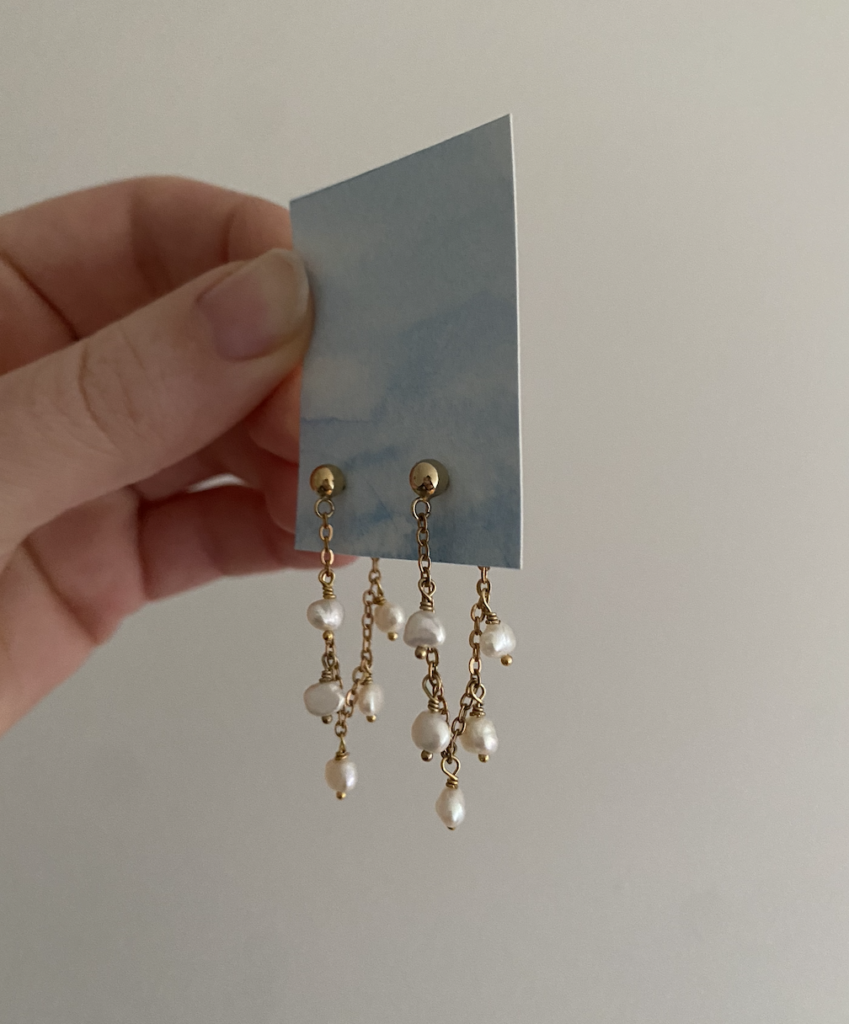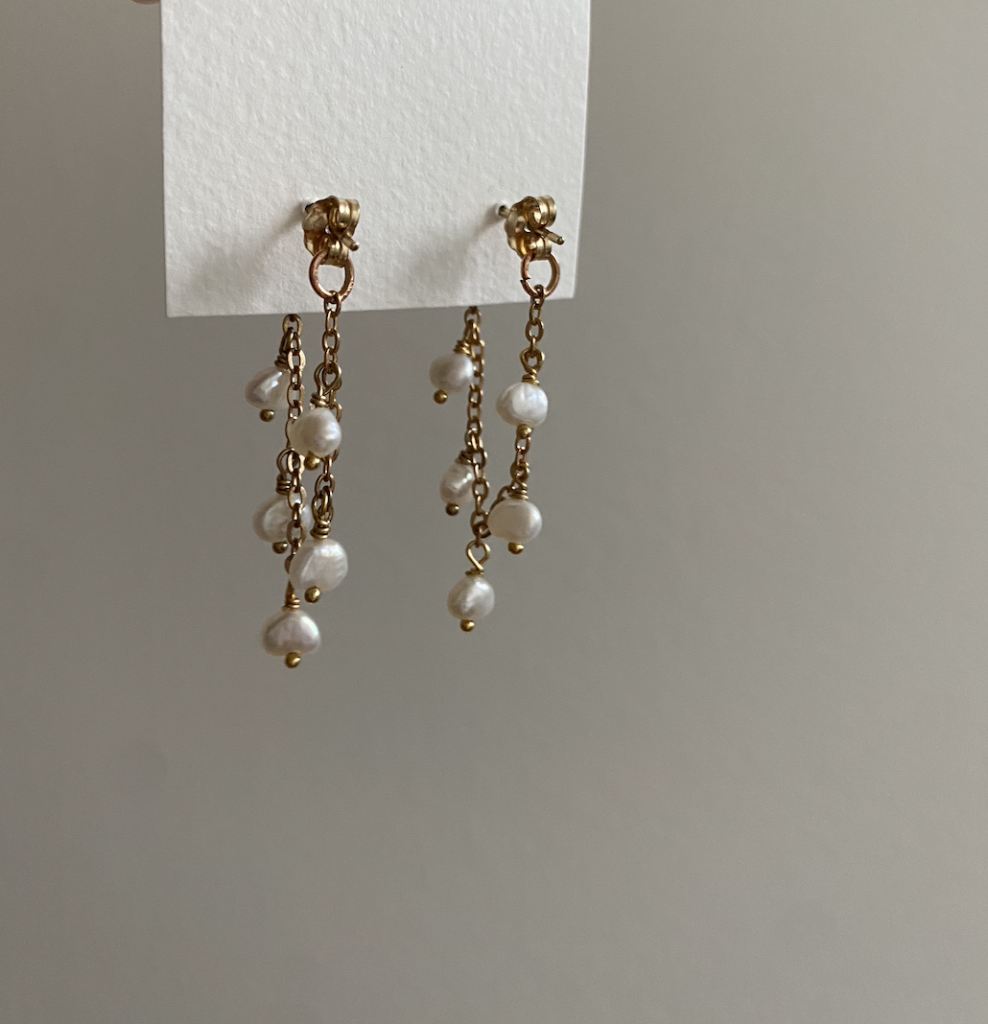Last week, our class discussed technology and outdoor education. I’ve never thought about technology and outdoor education being used together before now. Usually, when I think of outdoor education, I think of getting away from technology, especially considering all the concerns around students’ screen time. However, during Kristen Pierce’s presentation I realized that technology can be a great tool to include in outdoor education and can make outdoor learning more engaging for students. For example, my class embarked on an outdoor QR code scavenger hunt. This was a great way to get outside and learn a bit more about the use of technology in outdoor education. An activity like this would also be a great way to get students outside and moving while still doing school work, such as creating a QR code scavenger hunt where each QR code takes them to a different math question they need to complete.
I decided to try a few of the resources that Kristen shared with us in her presentation.
LeafSnap is a useful app for identifying and learning about different plants. You simply take a photo of the plant you would like to learn about in the app, or upload a photo from your camera roll. The downfall to this app is that it doesn’t tell you exactly what the plant is, but provides a few plants that it could be. The most likely one is put at the top, but I could see it being challenging to determine which exact plant it is. The time of year could also have an impact on this. For example, whether or not the plant is flowering or if the tree has all its leaves. Additionally, google also has a similar feature where you can search with your camera.
Here are some screenshots I took from the LeafSnap app on my phone:
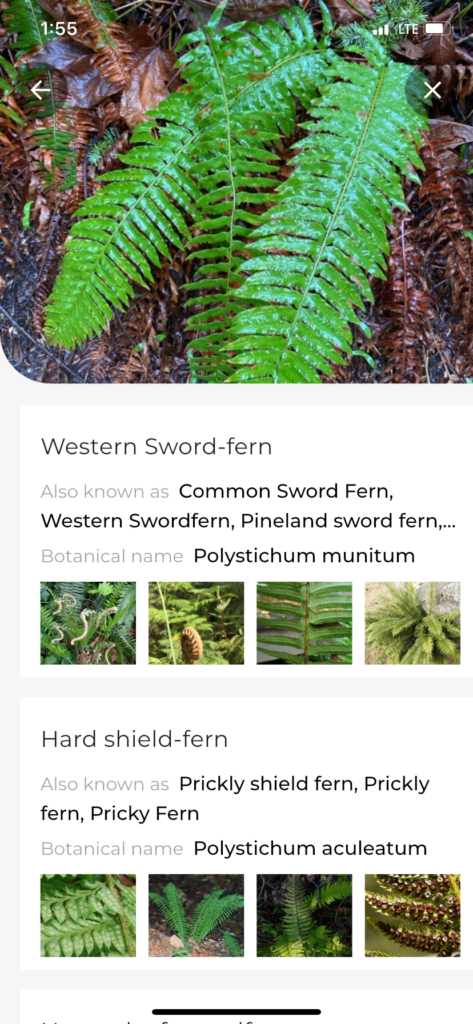
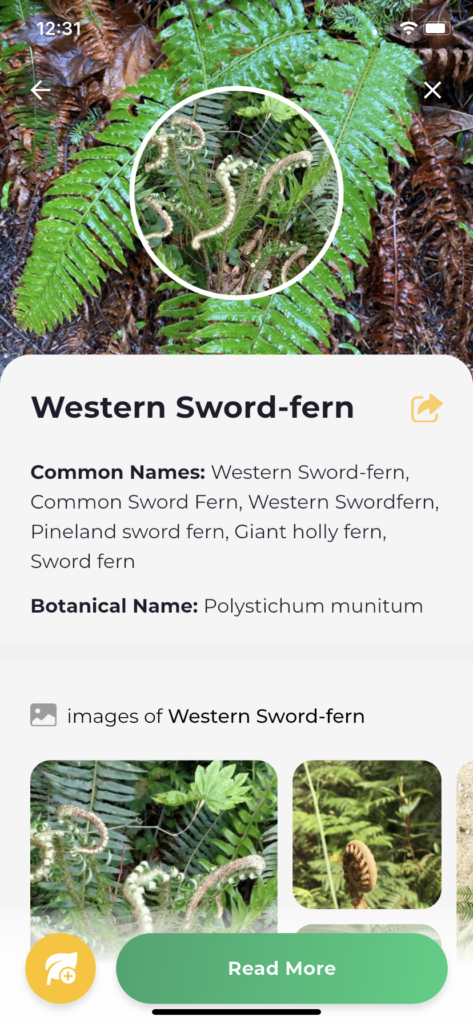
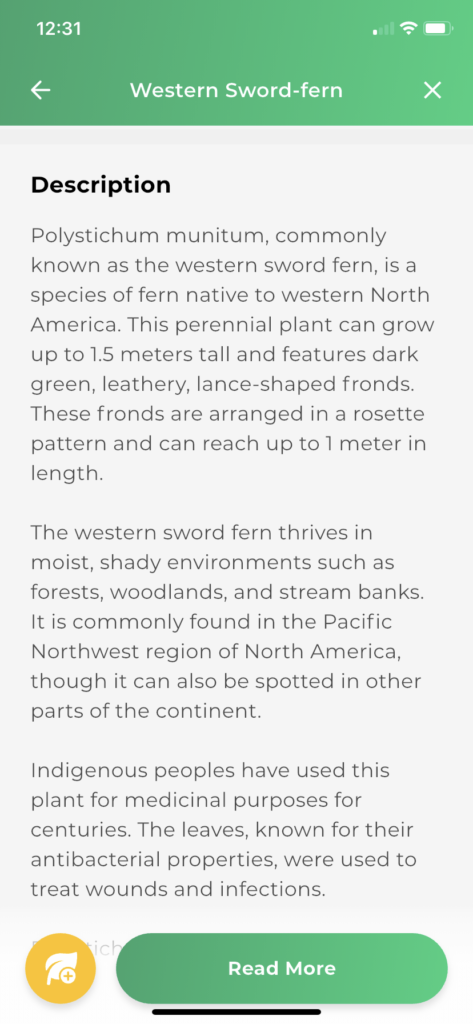
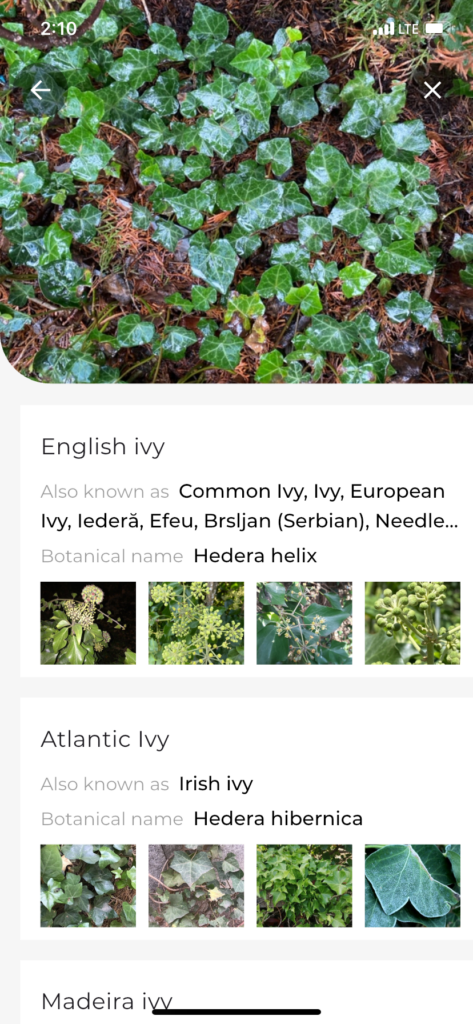
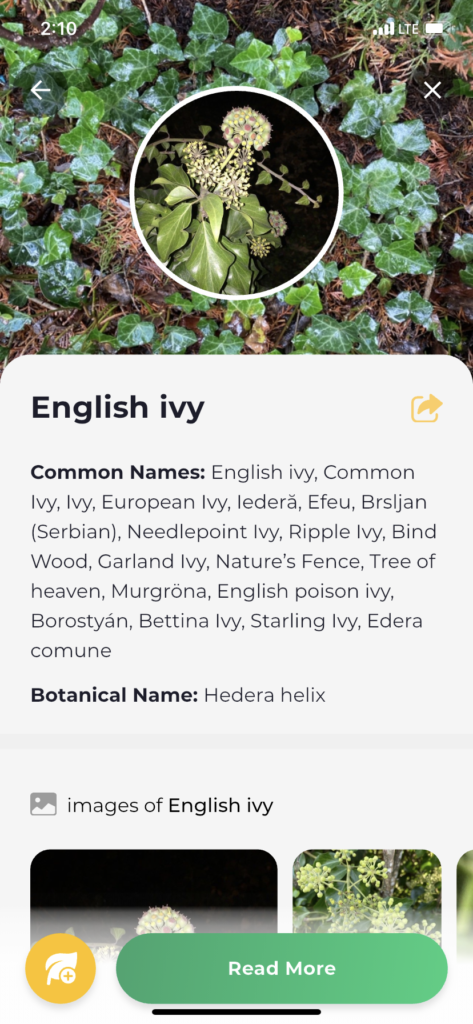
I also tried the app ChatterPix Kids. I thought this was a fun way to present some of the information I learned on LeafSnap about the Western Sword-fern. I think using these two apps together like what I did would be a fun activity to do with your class. You could challenge everyone to find a different plant, learn a bit about it, and then create a video on ChatterKid to share with the class. An extension for this could be to research how local Indigenous Peoples have used and or continue to use the plant.
Here is a video I made using ChatterPix Kids:
Lastly, I experimented with the app SkyView Lite.I really enjoyed using this app at night, it was so cool to see the constellations and where the planets were. The nice thing about this app is that you can use it during the day when it’s light out or when it’s cloudy, you can even see stuff when you point it at the ground because it works based on your location. Also, you can click on a consolation, planet, or moon, to learn more about it.
Here are some screenshots I took while using the SkyView Lite app on my phone:
